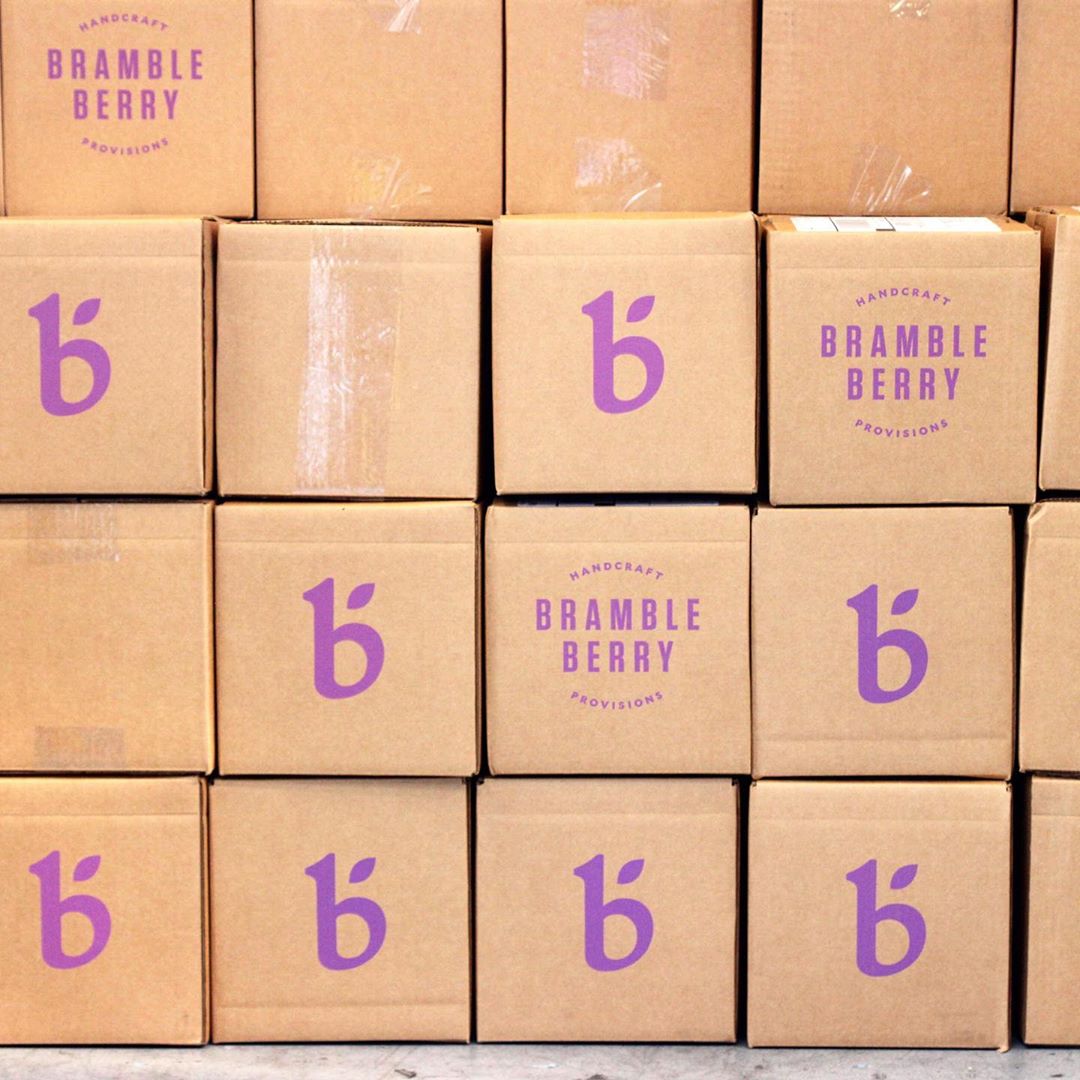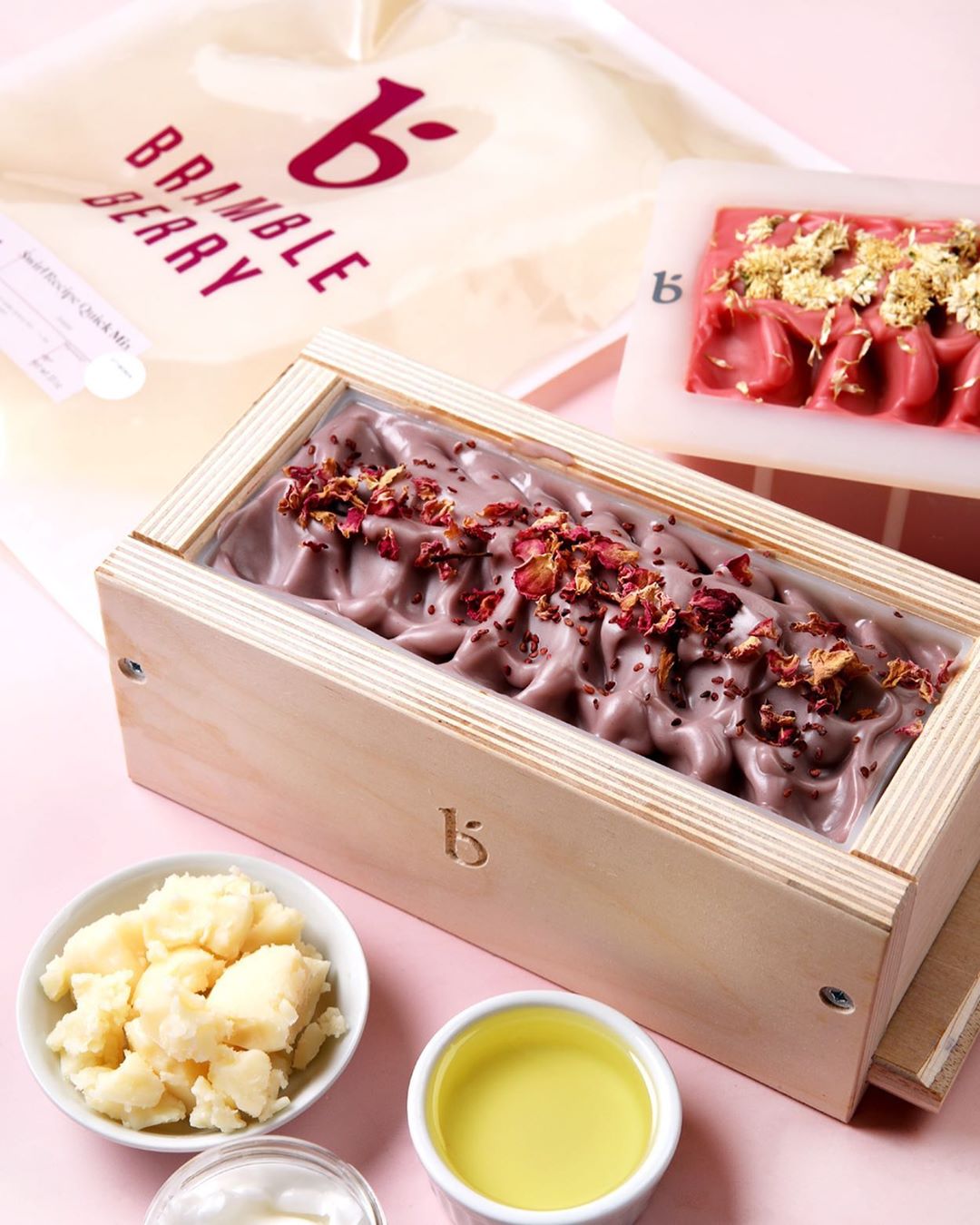
As any maker can tell you, soaping changes with the seasons. Higher temperatures in the summer mean melted oils and the potential for glycerin dew and gel phase. Find tips for handling the heat below! We go over tempering, storage, and shipping.
Melted ingredients
When you order our butters, oils, and waxes in the summer, they may arrive melted - especially after sitting in a hot truck or on a hot porch. The good news is the quality doesn't change if they melt and solidify multiple times. They're still good to use!
You can use the oils in their melted state - just shake the bag or jug well and then measure like normal. If you need them to be solid, pop them in the fridge for a few hours.
Here are the average melting points of our oils and butters and our waxes.
- Avocado butter - 104° F
- Cocoa butter - 86° F
- Coffee butter - 107° F
- Mango butter - 86° F
- Shea butter - 90° F
- Coconut oil - 76° F
- Palm kernel flakes - 102° F
- Palm oil - 95° F
- Soy wax - 113-125° F
- Beeswax - 144-147° F
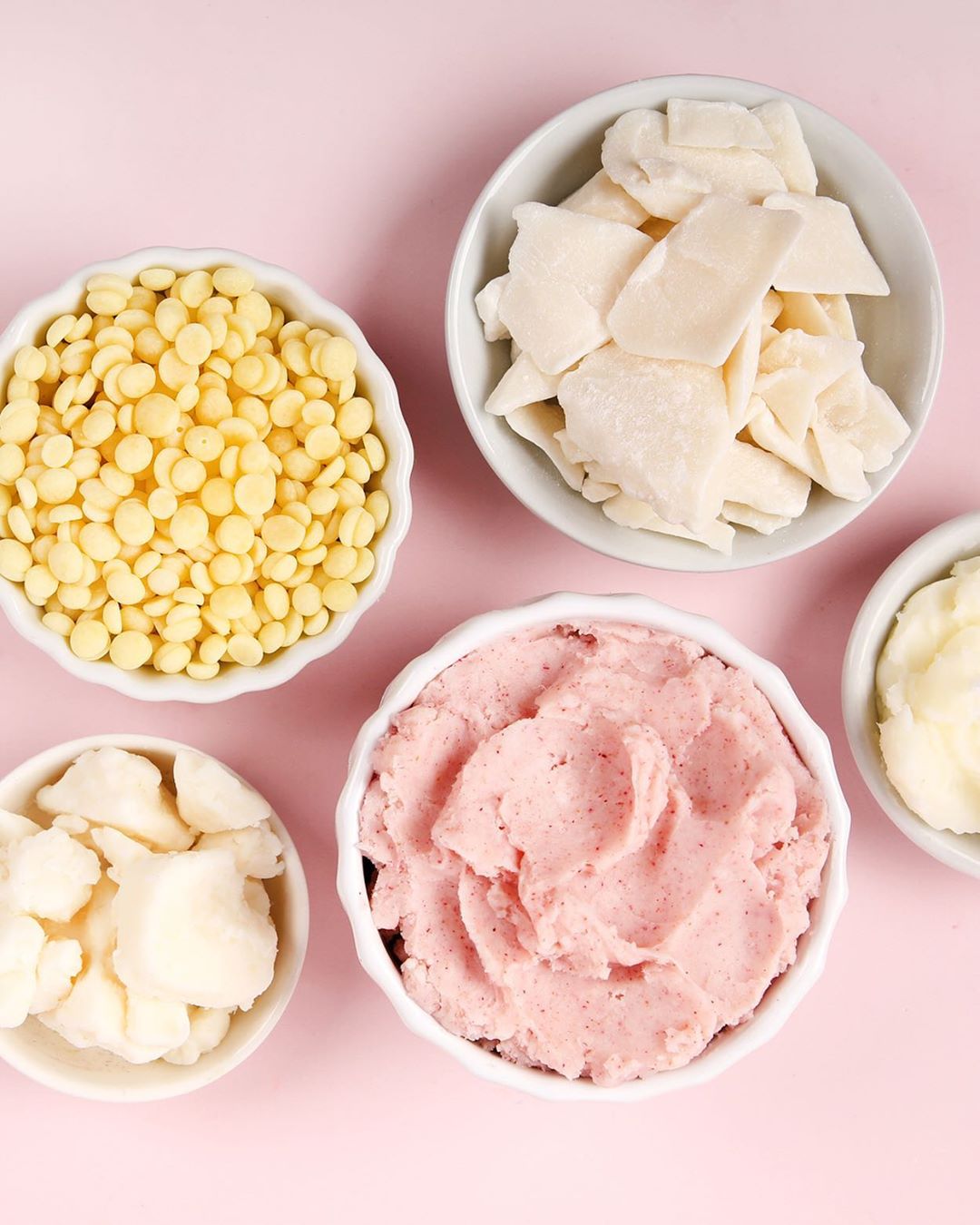
Tempering butters
Temperature fluctuations can make butters like shea, mango, and cocoa grainy. That's because they're made up of fatty acids with different melting points. If the butter cools down too slowly, those fatty acids can clump together and form little grains in your products.
To prevent that, we recommend tempering. The process involves heating and holding butters to fully melt the fatty acid chains, then cooling them quickly in the fridge or freezer. You can use a pot on the stove, but you may need to adjust the temperature a few times during the process so it doesn't overheat. You can also use a slow cooker.
- For harder butters like mango and cocoa, heat to 100° F for 45-60 minutes.
- For softer butters like shea, heat to 180° F for 45-60 minutes.
Once your butter is in the fridge, you can leave it there until you're ready to use it. You'll love how smooth it feels in lip balm, lotion, body butters, and more.
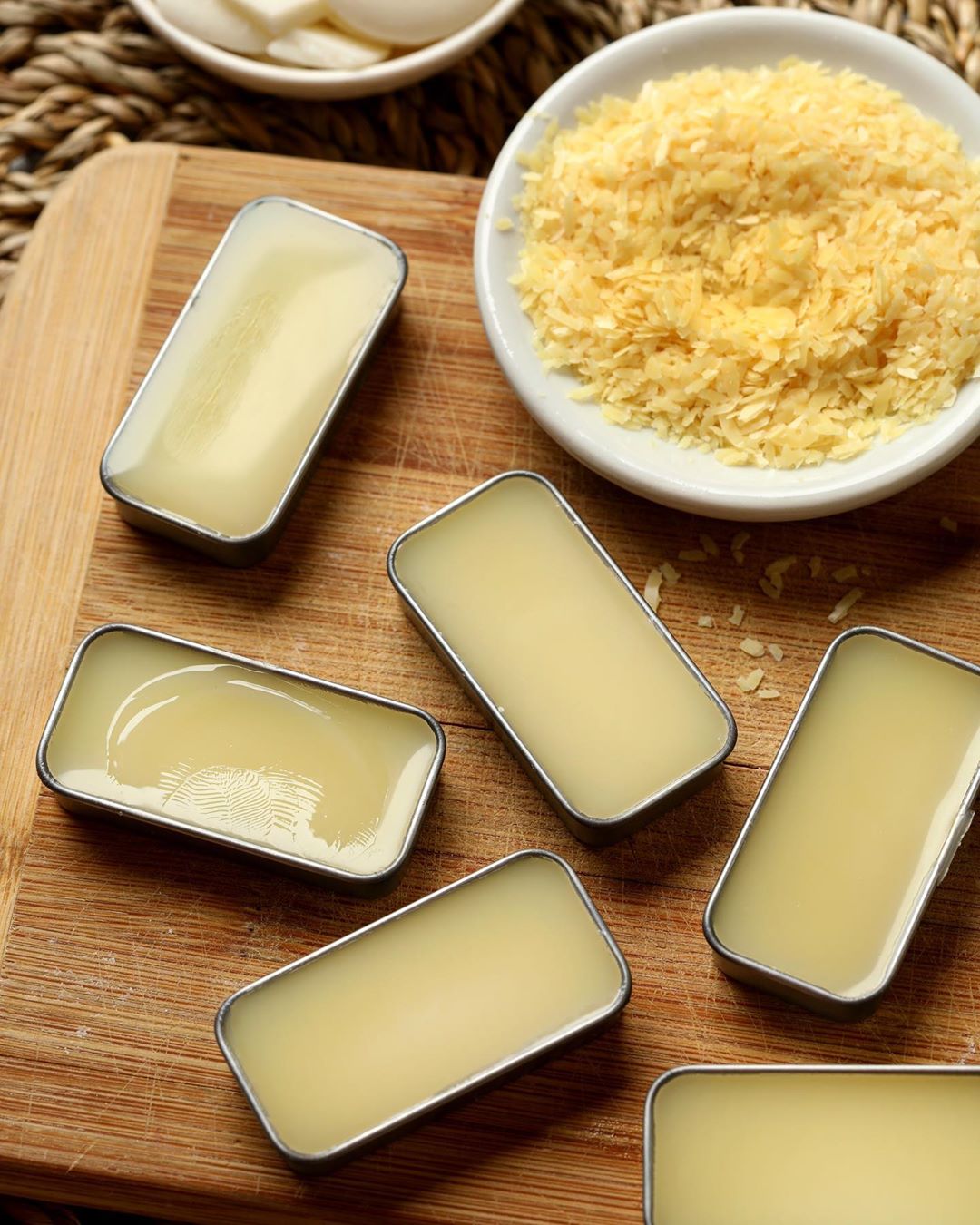
Making and storing products
For cold process soap, a warm room temperature can help promote gel phase. That helps the colors pop and gives your bars a slightly shiny look. Learn more in All About Gel Phase.
Usually, you force gel phase by placing a towel over the mold or placing it on a heating pad. However, you may not need to worry about that during the summer. It could actually have the opposite effect and overheat your soap, which can cause cracking or an uneven texture on top called "alien brains."
You'll need to experiment with your recipes and temperatures to find the perfect balance during summer. If your room is really warm, start with your soap uncovered and check it 20 minutes later. If you notice gel phase, you can leave it as is. If not, cover it with a towel and check again in 30 minutes. Once the soap is unmolded and cut, store it in a cool, dry place with plenty of airflow.
For melt and pour, higher temperatures are more likely to cause glycerin dew. The best way to prevent this is to wrap the bars tightly with plastic wrap and store them in a cool, dry place. If necessary, you can run a fan over the bars or use a dehumidifier in the room. Learn more in Explaining and Preventing Glycerin Dew.
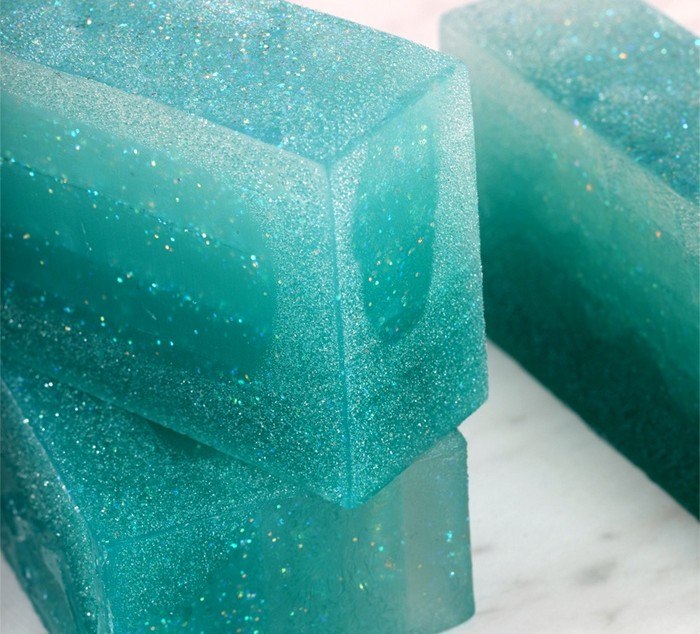
For products prone to melting like lotions, butters, and balms, you can store them in the fridge.
Shipping
High temperatures can make shipping bath and beauty products difficult. There are several things you can do to help them arrive in mint condition though!
- Pack heat-sensitive items like balms and butters with ice packs. They usually last around 3 days in transit. You can include these in the shipping price to offset some of the cost.
- Ask your customers to try and be there when the package is delivered so it won’t be sitting in the hot sun for hours. They can have it sent to their workplace, or ask their neighbors to grab if for them.
- Encourage your customers to choose 2-day shipping so the package won't be in a hot truck as long.
- If you've tried all these techniques and your products are still melting, try seasonal releases! Save heat-senstive products for the winter months.
